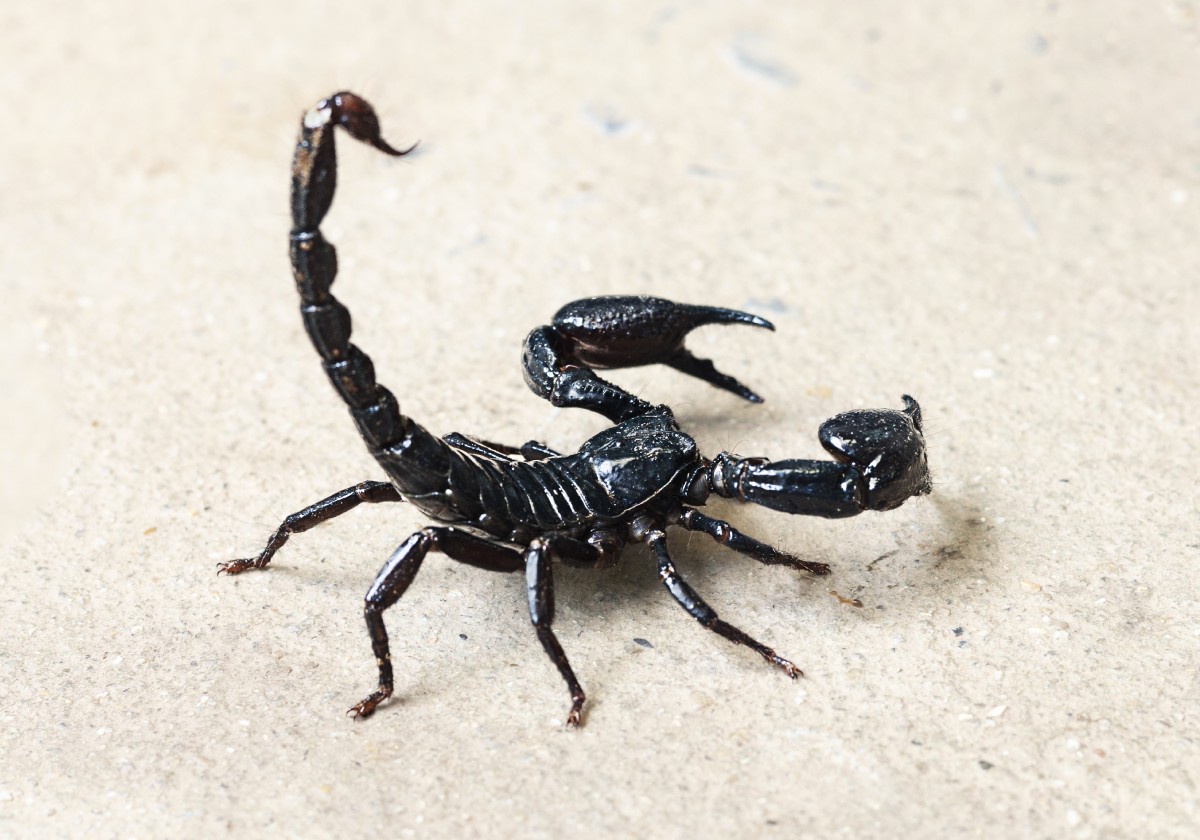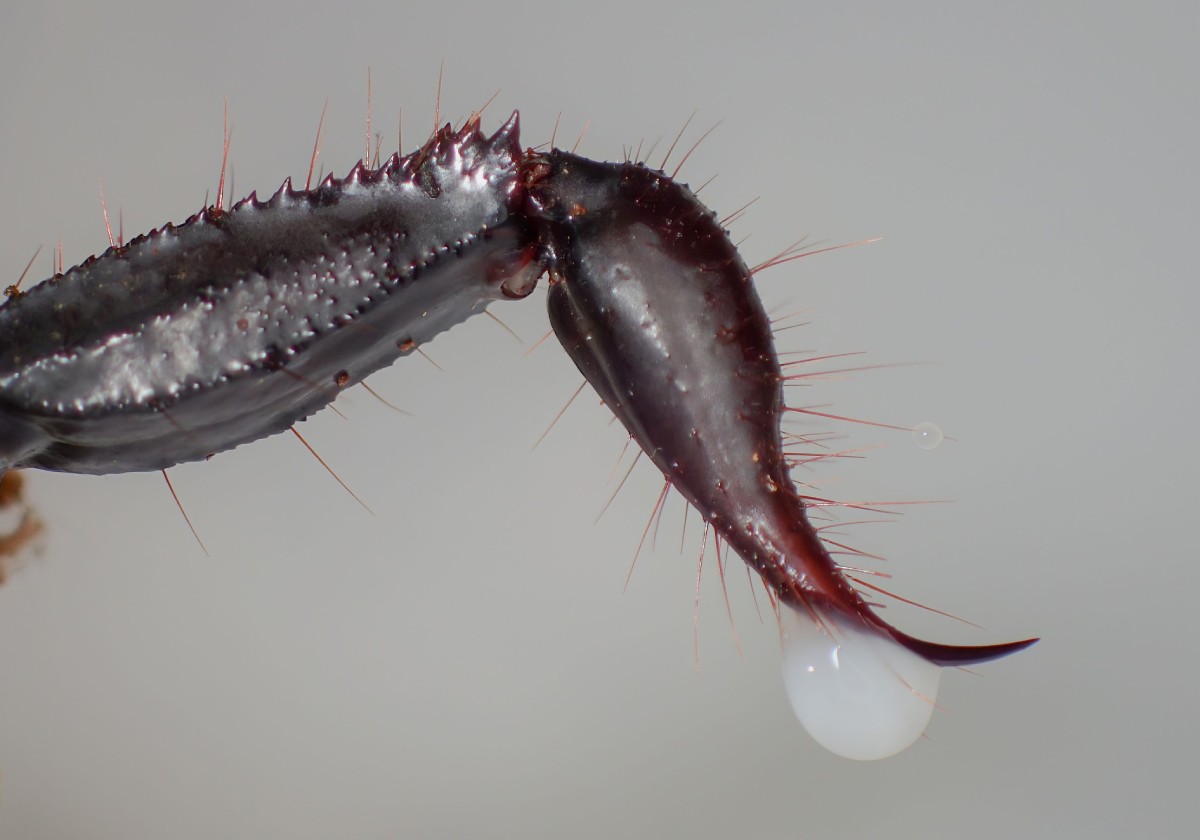Scorpions, part of the class Arachnida, have been a subject of both fascination and fear for centuries. With a lineage that dates back over 400 million years, they’ve carved their niche into virtually every ecosystem, offering a mesmerizing glimpse into the evolutionary past.
With over 2,000 identified species and counting, the world of scorpions is vast and varied. From tiny species barely noticeable to the human eye, to behemoths that demand attention, scorpions present a rich tapestry of diversity.
From the dunes of the Sahara to the forests of Brazil, scorpions have adapted to a wide range of environments. While the majority favor arid and semiarid zones, a number have evolved to thrive in tropical and even temperate conditions.
Format the below link like this:
If you find scorpions near your home or yard, contact Davis Pest Control for premium scorpion control.
Their habitats are as diverse as their species. Deserts, tropical rainforests, savannahs, and even some high-altitude zones are home to various species. Crevices, burrows, and under debris are preferred shelters, keeping them safe from the elements and predators.
Beyond their iconic status in the animal kingdom, scorpions perform pivotal ecological roles. As voracious predators, they regulate pest populations. Yet, they also provide sustenance to creatures higher up the food chain, like owls, bats, and certain mammals.
Check out our article on different types of scorpions.
How big are scorpions? From the diminutive species that can sit comfortably on a coin, to the giants whose length rivals that of a human hand, scorpions come in a myriad of sizes.
Their segmented exoskeleton, or cuticle, typically adopts hues that blend seamlessly with their environment, offering them camouflage. The cephalothorax, which merges the head and thorax, carries their pincers and eyes, while the elongated abdomen culminates in the infamous stinger.

Their movement is a symphony of coordination. The eight legs, driven by a set of intricate muscles, allow for quick, precise movements, making them formidable hunters.
Upon immobilizing their prey with venom, scorpions utilize chelicerae, small claw-like structures, to tear apart their meal. They then pre-digest the food externally with enzymes before consuming the liquefied meal.
A fascinating courtship dance often precedes reproduction. Post-mating, females usually exhibit ovoviviparity, where the young develop in eggs inside her body, and she gives birth to live offspring.
Tactile sensations, primarily through their sensitive pectines – comb-like organs – enable them to decipher environmental cues and communicate, especially during mating.
Beyond their venomous arsenal, their tough exoskeleton provides armor-like protection. When threatened, a scorpion might adopt a defensive “crouch”, with pincers ready and tail poised to strike.
Nighttime is their realm. Using vibrations and the sensitivity of their legs and pectines, they can detect even the slightest movement, enabling them to ambush unsuspecting prey.
Camouflage, burrowing, and a keen sense of their surroundings are their primary tools. Their venomous sting also serves as a deterrent to many potential predators.

Metabolic adaptations allow some scorpions to survive extreme temperatures by entering a state of torpor, reducing their energy needs.
This complex cocktail, comprising proteins, enzymes, and other compounds, has evolved to target specific physiological pathways in their prey, and sometimes, potential threats.
Specialized cells within their venom glands synthesize the components. The glands, located in the tail, can store venom for prolonged periods.
The stinger, or telson, delivers venom with surgical precision, allowing the scorpion to immobilize or deter its target.
Reactions can vary from localized pain and swelling to life-threatening systemic responses. However, most stings, while painful, are not fatal to humans. Only a handful of species pose serious threats.
Immediate first aid involves cleaning the site, immobilizing the affected limb, and seeking medical attention. In regions with dangerous species, antivenom can be a lifesaver.

Regular inspections, sealing entry points in homes, and ensuring the surroundings are free from debris can deter scorpions from taking up residence.
While chemical controls are available, natural predators or pest control services can offer eco-friendly solutions.
If you find a scorpion in your home, it is important to take action immediately. Scorpions are venomous creatures, and their stings can be painful and dangerous.
Here are some steps to follow if you find a scorpion in your home:
Identify the scorpion. Not all scorpions are dangerous, but it is important to be able to identify the type of scorpion you are dealing with. If you are not sure how to identify a scorpion, contact a Davis Pest Control professional for help.
If the scorpion is not venomous or is small, you may be able to remove it yourself. To do this, put on gloves and carefully scoop the scorpion into a container with a lid. Once the scorpion is in the container, release it outdoors in a safe location.
If the scorpion is venomous or is large, it is best to call a pest control professional. Pest control professionals have the experience and equipment to safely remove scorpions from your home.
Addressing scorpion infestations requires a nuanced understanding of their types, habitats, and behaviors. By recognizing the distinctions between these species, individuals and pest control professionals can develop more targeted and effective strategies for managing scorpions.
davis pest control © 2022 All Rights Reserved.